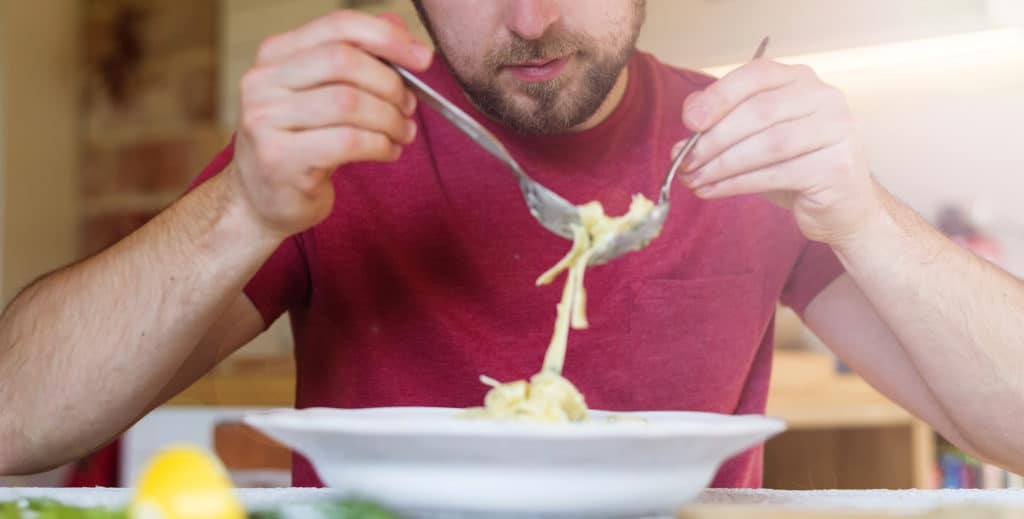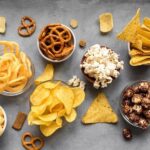Recovering from oral surgery or dealing with dental issues can significantly impact your diet. Mealtime, once a source of enjoyment, might become a challenge. One question that often arises is: Is Pizza Soft Food? Let’s delve into whether pizza fits into a soft food diet and explore suitable alternatives for a comfortable recovery.
Understanding Soft Food Diets
Soft food diets are often recommended after oral surgery, dental procedures, or for individuals experiencing difficulty chewing. The primary goal is to minimize stress on the mouth, allowing tissues to heal properly. Soft foods require minimal chewing and are easy to swallow, reducing the risk of irritation or complications.
Is Pizza Really a Soft Food Option?
While some components of pizza might seem soft, pizza as a whole generally doesn’t qualify as a soft food. The crust, especially when crispy, can be hard to chew and may irritate sensitive areas in the mouth. Toppings like pepperoni, sausage, and certain vegetables can also pose a challenge.
However, modifications can make pizza more manageable. Removing the crust and sticking to soft toppings like well-cooked vegetables and small amounts of cheese can be a compromise. It’s crucial to prioritize comfort and avoid anything that causes pain or discomfort.
Modifying Foods for Easier Consumption
Several techniques can help soften foods and expand your dietary options during recovery:
- Food Processors: Control the texture and consistency of your meals by processing them.
- Blenders: Blend ingredients into smoothies for a convenient and nutritious way to consume meals.
- Mashers: Mash cooked vegetables like potatoes, cauliflower, or carrots for a chunky yet soft texture.
- Slow Cookers: Slow cooking makes meats tender and juicy, although careful monitoring is necessary to ensure the final texture is soft enough.
- Steamers: Steaming preserves nutrients and alters the texture of foods, making them softer.
- Boiling: Boiling softens various foods, including pasta, rice, and vegetables.
- Small Bites: Cutting food into smaller pieces simplifies chewing.
Soft Food Options to Enjoy
Here’s a list of soft foods to consider adding to your diet:
- Potatoes: Prepared in various ways (mashed, boiled, or baked until very soft), excluding the skin.
- Well-Cooked Vegetables: Steamed, boiled, or microwaved vegetables until tender.
- Pastas: Cooked until very soft, avoiding acidic sauces that can cause irritation.
- Cooked Rice: Incorporate rice into various recipes, avoiding sticky varieties like sushi rice.
- Soft Breads: White breads, ryes, and dinner rolls (without hard crusts).
- Soups and Stews: Simmer ingredients for extended periods to achieve optimal softness.
- Fish: Most types are soft and easy to chew; remove the skin.
- Ground Meat: Meatloaf or lean ground meat in soft food recipes.
- Pureed Meats: Added to soups or sauces to increase variety.
- Canned Meats: Tuna, chicken, or seafood for a convenient protein source.
- Eggs: Prepared in various ways – scrambled, fried, boiled, or poached.
- Tofu: Versatile source of protein that can be prepared in multiple ways.
- Savory Pies: Choose pies with soft fillings and crusts.
- Casseroles: Serve from the middle of the dish to avoid crunchy edges.
- Beans: Mashed and used as a side dish or main ingredient.
- Hot Cereals: Oatmeal, grits, barley, quinoa, and buckwheat.
- Spreads and Dips: Hummus, guacamole, queso, spinach dip, yogurt dip, fish dip, and cream cheese.
Foods to Avoid
Certain foods can hinder healing or damage temporary dental work:
- Hard or Crunchy Foods: Pizza crust, nuts, seeds, chips, crackers, and deep-fried foods.
- Raw Foods: Raw vegetables, unripe fruits, rare meats, and steak.
- Sticky or Gummy Foods: Cheeses, candies, gum, and dense bread.
- Dried Foods: Jerkies, dried fruits, uncooked noodles, banana chips, bacon, and cured fish.
- Ice: Can damage both natural and prosthetic teeth.
Regain Control of Your Diet
Dental implants offer the opportunity to reclaim a varied and enjoyable diet. Patients often report enhanced meal satisfaction and improved overall health after dental implant procedures.
By understanding the principles of a soft food diet and carefully selecting appropriate foods, you can navigate recovery comfortably and confidently. If you’re considering full-mouth restoration or have questions about dental implant procedures, consult with your dental professional to learn more about available options. You can contact us at (800) 617-2176 for a new teeth cost estimate.

